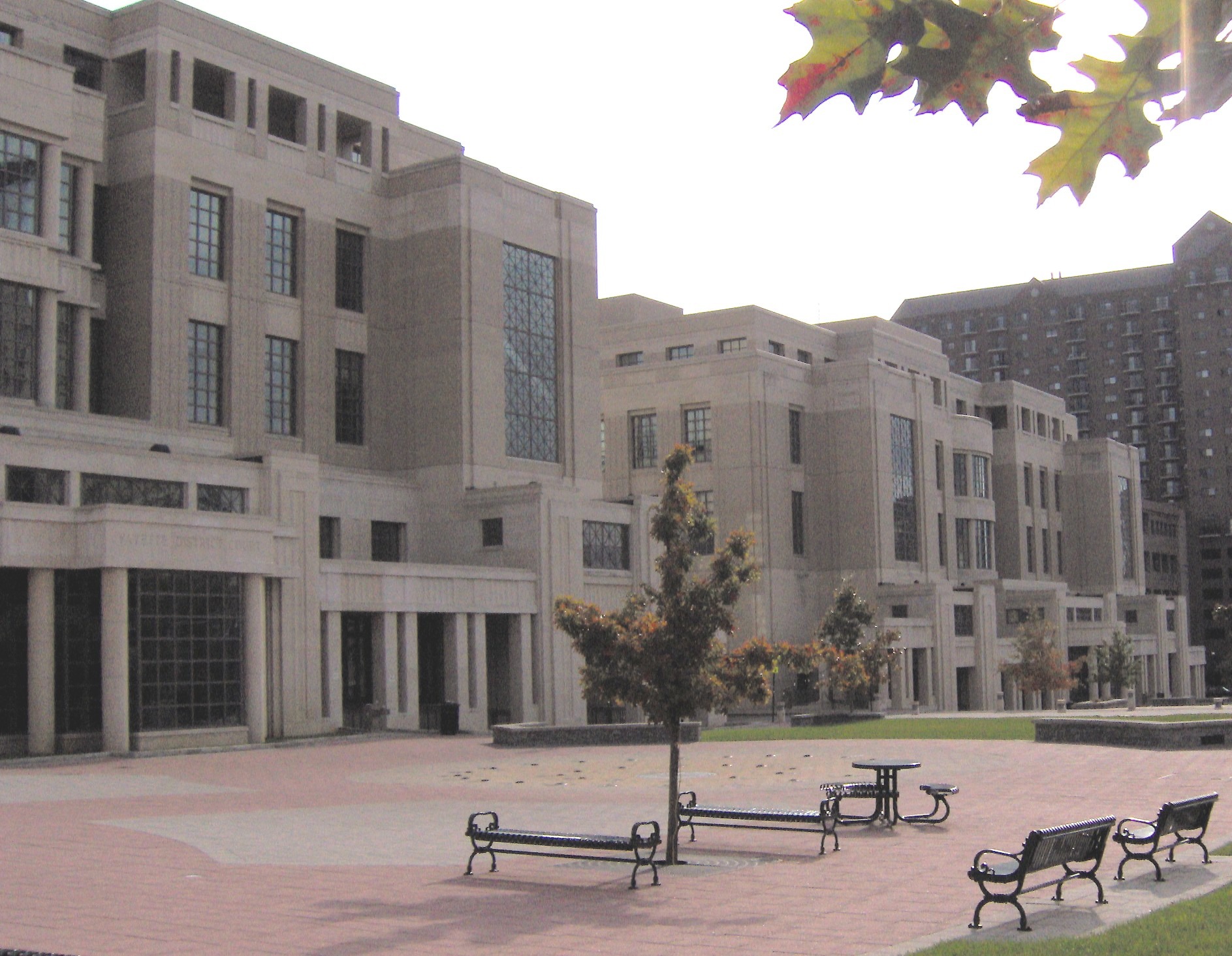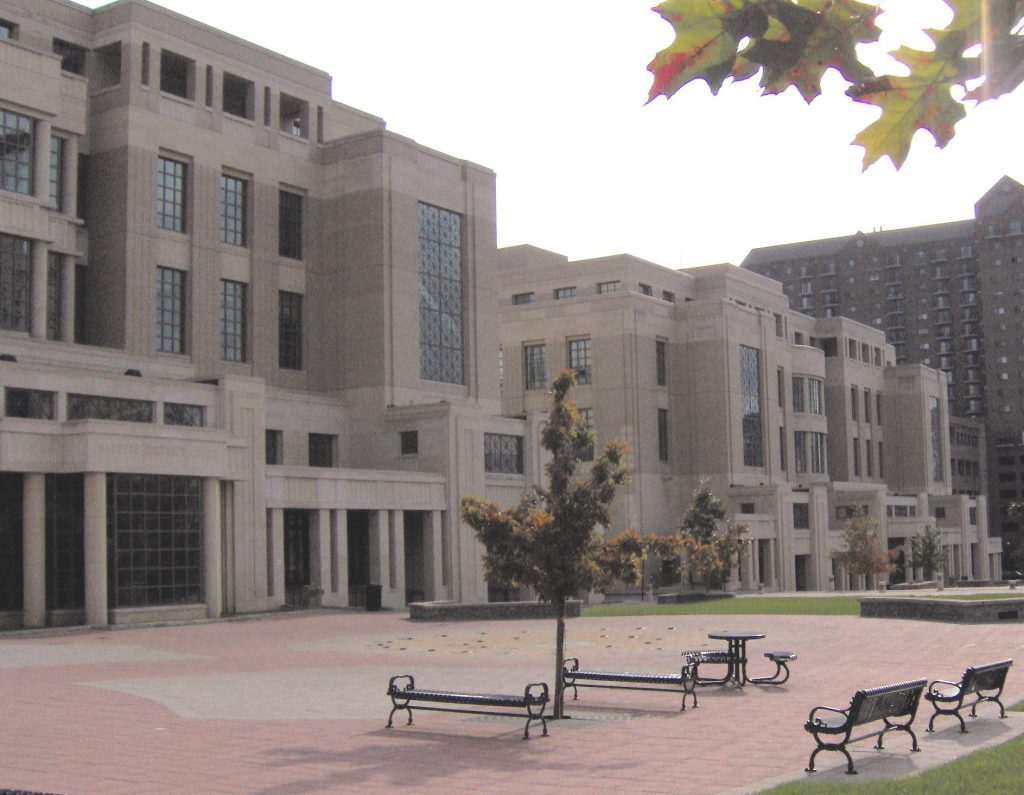 Digital Video Preserves Kentucky Courtroom Proceedings
Digital Video Preserves Kentucky Courtroom Proceedings
Kiosks are replacing fast-food workers, driverless vehicles could trim the transportation workforce, and videoconferencing is threatening to make routine doctor’s office visits a thing of the past.
But how has the automation revolution changed the legal profession?
As The Lane Report has written about, computerized video technology is standard operating procedure to record trials and present evidence to juries across Kentucky. Genesis of today’s system can be traced to 1982, when Madison Circuit Judge James Chenault was the first to use video recording technology in lieu of traditional court transcriptions.
Today, digital video and has made the art of electronic presentation more or less essential to most litigators’ arsenal of skills.
But other less outwardly visible technical advancements are quietly changing the legal profession.
Charles Byers, chief information officer of the state’s Administrative Office of the Courts, said CourtNet 2.0, an online system of court records, is the linchpin in a number of projects planned for the commonwealth.
“The Kentucky Court of Justice continues to tackle multiple technology projects on the path towards moving from paper to electronic court records,” he said. “To approach paperless transactions in a traditionally paper-heavy world has required statewide network, security and computing upgrades, the implementation of an enterprise content management system for secure storage, the development of a replacement case management system, and wireless access for all courtrooms.”
James Frazier III of McBrayer, McGinnis, Leslie & Kirkland PLLC said his firm has implemented a number of technical advancements.
“We’ve upgraded everything about the way we do business internally to take advantage of technology where it can improve our delivery to clients,” Frazier said.
MMLK uses digital document management and communication, web-based tracking of deliveries, an IT firm to maintain hardware and software, and online records to monitor billable time.
“While these changes have resulted in savings through efficiencies for clients, we only consider upgrades that enhance our client experience, which cannot be outsourced,” he said. “Using the latest technology while keeping the human touch remains top-of-mind.”
Rather than researching cases from scratch, the stockpile of briefs, memos and other legal byproducts from cases can be stored in a firm’s document database and readily referenced when similar issues are dealt with. The fact that documents are on a firm’s servers rather than in a paper file makes them much more accessible.
For example, boilerplate documents that can be borrowed from one case to another are often able to drive efficiencies in the courtroom preparation process.
David Brennen, dean of the University of Kentucky College of Law, said tech-savvy lawyers have an advantage.
“The ability of software to read and comprehend legal documents can generate powerful results for attorneys who are willing to learn and capitalize on these advancements,” Brennen said.
David Owen, a member with the Lexington office of law firm Dickinson Wright, said that despite the ease of searching past documents a firm has compiled, the core skills of being a lawyer remain intact.
“The practice of law at any significant level requires the lawyer to evaluate the specific facts and tailor a solution,” Owen said. “Accordingly, those databases would be very likely to be misused by an attorney who did not have experience in the discipline required.”
source: The Lane Report

